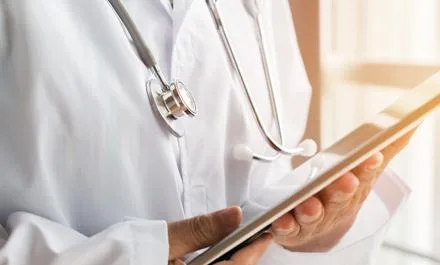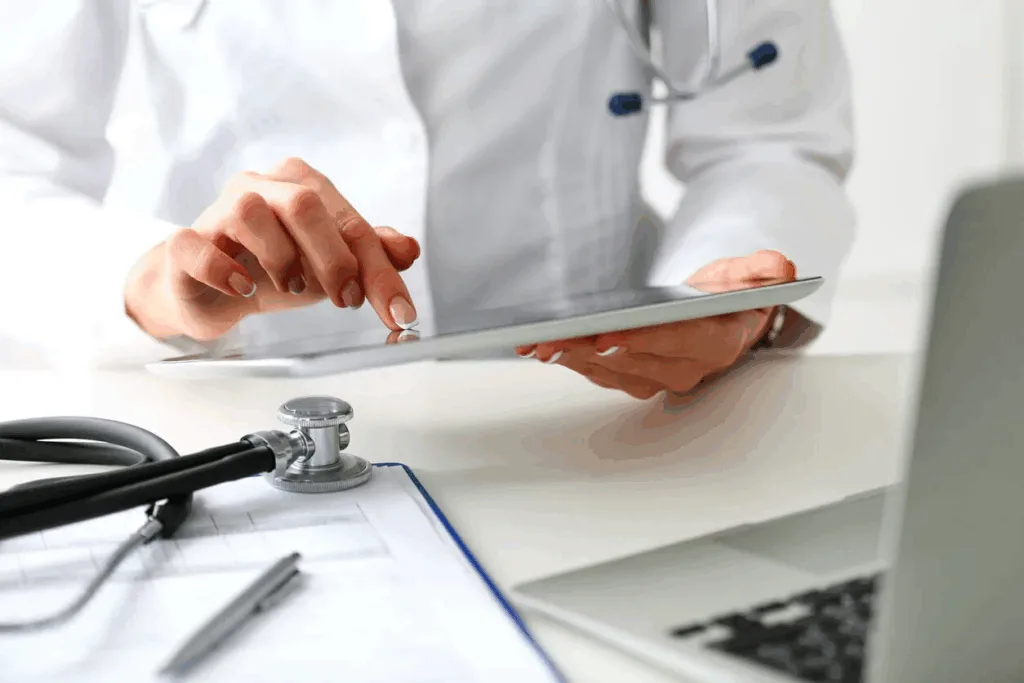My heart was pounding as I sat in the hospital waiting room last month, scrolling Instagram on their free WiFi while my grandma was in surgery. Suddenly, a news alert popped up about a hospital data breach – and I froze. Are these networks safe for everyday stuff like checking email or banking? The truth hit me: hospital WiFi isn’t like your home network, and most of us don’t know how to use it safely. After digging into cybersecurity reports and talking to a nurse friend (who whispered, “We avoid guest WiFi for anything important!”), I realized it’s not about fear-mongering – it’s about smart habits. Let’s unpack exactly how to stay safe without losing your peace of mind.
Risks Lurking on Hospital WiFi

Hospitals juggle life-saving work, so guest networks often take a backseat to critical systems. These Public WiFi hotspots? Many aren’t encrypted, meaning hackers could snag your login details using simple tools lurking nearby. Remember that coffee shop hacker story? Hospitals are juicier targets because cybercriminals know stressed visitors might check bank accounts or email. One major risk: Interception of your data through “man-in-the-middle” attacks where fake networks mimic the hospital’s signal (like “MercyHospital_FreeWiFi” vs the real “Mercy_Guest”). Without Strong encryption, your texts, photos, or DMs travel like postcards anyone can read.
Why Hospitals Struggle With Safe WiFi (And What They’re Doing)
It’s not laziness – hospitals fight bigger battles. They must balance HIPAA’s strict rules for protecting patient health data (ePHI) with giving visitors internet access. While clinical networks use Network segregation (separating patient records from guest traffic), visitor networks often lack the same armor. Most hospitals now create a dedicated Guest network separate from medical devices like pacemakers or insulin pumps – a lifesaver if hackers strike. But as a patient’s son told me: “They gave me a pamphlet about WiFi safety… after I’d already logged into my bank.” Gaps exist because Regulations (HIPAA) focus on hospital systems, not whether your phone gets hacked.
Your Survival Guide: What Patients & Visitors Must Do

You wouldn’t share your diary with strangers – so why hand over Netflix passwords on public WiFi? Hospitals rarely warn visitors about personal risks like identity theft. As Dr. Lena Chen (a cybersecurity consultant) told me: “I’ve seen tourists book flights on hospital WiFi only to find their accounts drained hours later.” Your move:
- Never access banking, healthcare portals, or anything with passwords requiring Secure authentication
- Always enable airplane mode then turn Mobile devices WiFi back on – prevents automatic connections to sketchy hotspots
- Use your phone’s data plan for sensitive tasks (more on this soon!)
- Keep apps updated – Security software gaps let hackers in
Culture tip: In Japan, hospitals plaster QR codes for encrypted guest access. U.S. facilities? Often just a password scribbled on a wall. Assume it’s not secure unless proven otherwise.
Hospital WiFi vs. Cellular Data: Which Wins for Safety?
Let’s settle the debate:
| Feature | Hospital WiFi | Your Cellular Data |
|---|---|---|
| Encryption | Rarely end-to-end (often “open” or weak) | Always encrypted by carriers |
| Hacking Risk | High (shared network = more targets) | Very low (direct tower connection) |
| Speed | Unpredictable (slow during emergencies) | Stable (5G = faster than most hospital WiFi) |
| Cost | Free but risky | Uses data plan but far safer |
Pro tip: If you’re glued to hospital WiFi for data limits, use Bandwidth restrictions on your phone (Settings > Cellular) to limit background app usage.
What Happens When Things Go Wrong: Real Stories
“In 2022, a Michigan hospital’s guest network was breached – not through medical records, but because a visitor logged into Facebook. Hackers stole 500 credit cards before the hospital shut it down.” – Healthcare Cybersecurity Report
Breaches like this trigger nasty Breach consequences: lawsuits, fines, and chaos for victims. Hospitals often hide behind Disclaimers in their Terms and Conditions (St. Elizabeth Healthcare’s admit the network has “no warranties” for “fitness for a particular purpose”). Translation: “We warned you it might suck.” But here’s the kicker – if hackers access your device, Liability falls on you, not the hospital. Ouch.
Your 5-Minute Safety Checklist
Before connecting, do this every time (yes, even for “just texting”):
- Verify the network name with staff – hackers spoof names like “Nursing_Station_Free”
- Use a VPN (like ProtonVPN’s free tier) to encrypt all traffic – takes 2 minutes to install
- Turn off “auto-join” for WiFi in phone settings (prevents connecting to evil twins)
- Use incognito mode for browsing – leaves fewer traces
- After leaving, forget the network on your device so it won’t reconnect automatically
I tested this checklist during my grandma’s stay: connected for 3 days with zero stress. Worth 5 minutes!
The Bottom Line: Is Hospital WiFi Safe?
Short answer: Only for low-risk stuff like YouTube or weather checks – never for passwords or personal info. Hospitals are getting better with Compliance standards and Guest network safeguards, but your phone’s cellular data is still the safety champ.
As my nurse friend put it: “We secure the ICU doors with biometrics – why let hackers waltz through the WiFi?” Treat hospital internet like a public restroom: convenient, but keep sensitive stuff locked away. Stay calm, stay connected, and breathe easy knowing you’ve got this.

Eleena Wills is a passionate health and wellness writer with over 5 years of experience in simplifying complex health topics for everyday readers. She holds a background in health communication and has contributed to multiple reputable wellness platforms. Eleena is committed to sharing science-backed tips on nutrition, mental well-being, fitness, and lifestyle habits that support long-term health. When she’s not writing, she’s experimenting with healthy recipes or practicing yoga.
